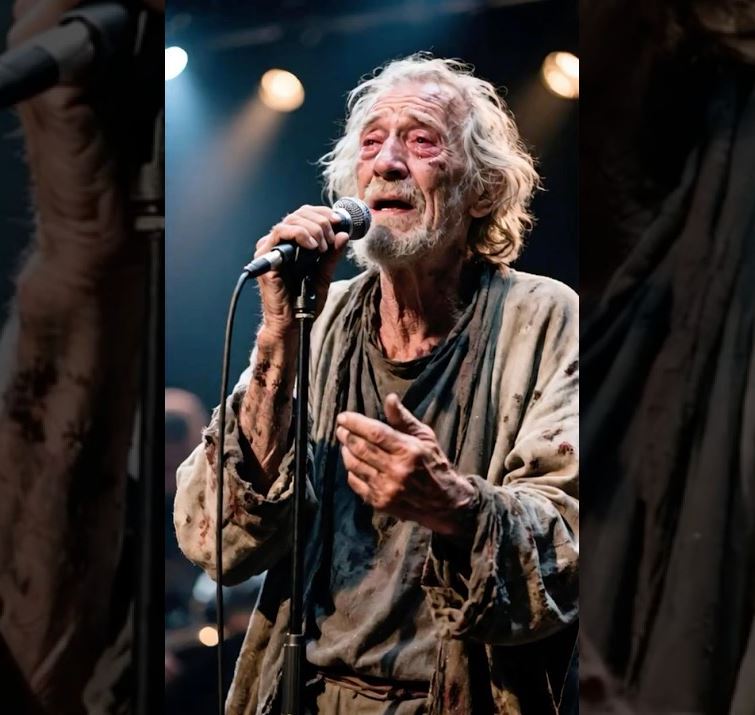Far above the Arctic Circle lies the remote archipelago of Svalbard, a world of glaciers, snow-covered valleys, and endless winter skies. Life here is a constant struggle against the cold and darkness, where only the toughest species can survive. Among them lives the Svalbard reindeer, one of the smallest and most resilient reindeer in the world.

With their thick coats and stocky builds, they have adapted perfectly to the frozen wilderness. They graze on lichen and moss buried beneath the snow, dig tirelessly through ice to find food, and endure months of polar night. Yet even in this unforgiving world, moments of tenderness and courage still unfold moments that remind us of the extraordinary bond between a mother and her young.
This is the story of one such mother and the incredible act of intelligence and bravery that left scientists and witnesses speechless.
The Calving Season A Time of Hope and Danger
Every spring, as the Arctic sun returns and begins to melt the snow, the reindeer of Svalbard give birth to their calves. It’s a brief but magical time: the tundra awakens, birds return from migration, and tiny calves take their first trembling steps beside their mothers.
For one young female reindeer, whom researchers had nicknamed Freya, this was her first calf. She had been tracked for two years as part of a wildlife observation program near Adventdalen, a wide valley surrounded by icy peaks. Freya was known for her calm temperament and strong health qualities that made her an excellent candidate for motherhood.
When her calf was born, small and golden against the white snow, she stayed close, licking it clean and nudging it to stand. The calf wobbled on shaky legs, managing a few brave steps before collapsing again. Freya stood guard, her ears twitching at every sound. For that brief, perfect moment, everything in the Arctic seemed still and safe.
The Sudden Tragedy
Three days after the birth, the weather changed dramatically. A storm swept across Svalbard icy winds, sharp snow, and dropping temperatures. Freya sheltered her calf behind a rocky outcrop, pressing her body against the wind to keep it warm.
When the storm finally passed, she led her calf toward a patch of tundra where the snow had melted. But as the little one tried to follow, it stumbled and fell. Its leg had twisted badly, possibly from a fall during the night. Freya nudged it gently, urging it to stand but the calf cried out in pain and couldn’t move.
In the Arctic, an injured calf is vulnerable to everything the cold, starvation, and even predators like Arctic foxes. Freya was desperate. Her instincts told her to stay and protect it, but she also knew that help might be nearby. Over the past few months, she had grown accustomed to the presence of human researchers who often watched the herds from a distance. She had seen them provide aid before removing entangled wire from another reindeer’s leg earlier that year.
It was as if something in her memory told her: the humans can help.



